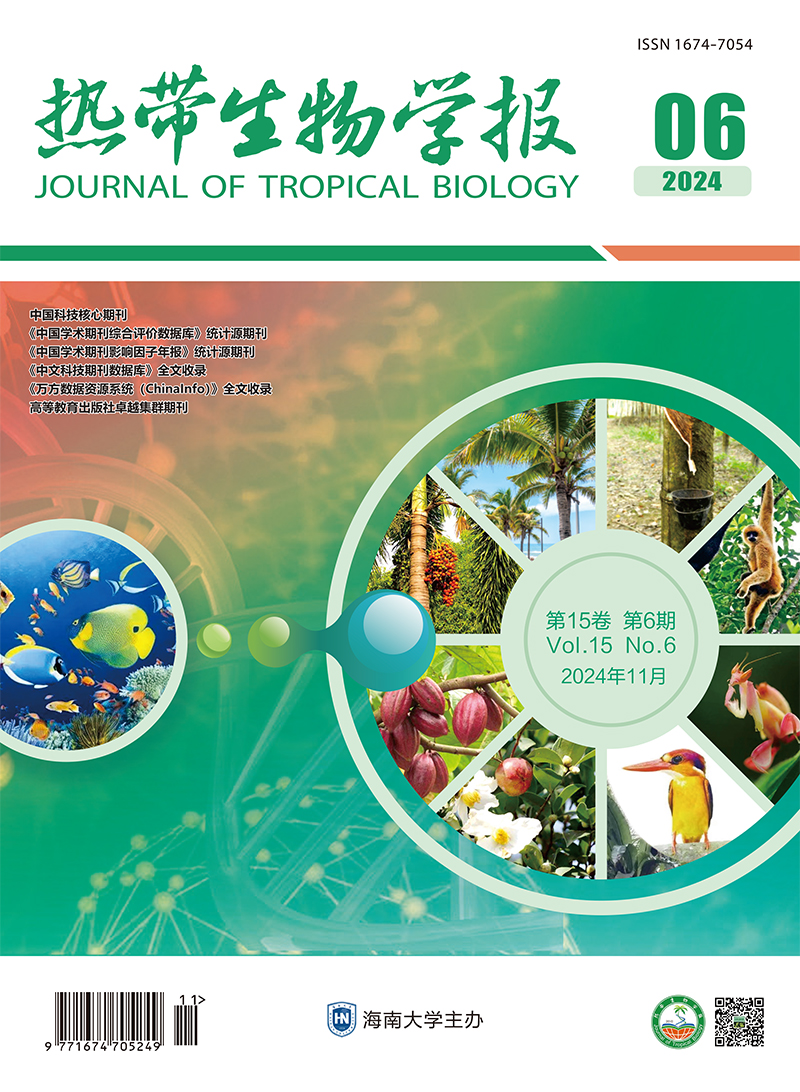|
[1]
|
O'BRIEN M J, BEIJERINK N J, WADE C M. Genetics of canine myxomatous mitral valve disease[J]. Anim Genet,2021, 52(4):409-421. |
|
[2]
|
DELLING F N, VASAN R S. Epidemiology and pathophysiology of mitral valve prolapse:new insights into disease progression, genetics, and molecular basis[J]. Circulation, 2014, 129(21):2158-2170. |
|
[3]
|
FOX P R. Pathology of myxomatous mitral valve disease in the dog[J]. J Vet Cardiol, 2012, 14(1):103-126. |
|
[4]
|
KEENE B W, ATKINS C E, BONAGURA J D, et al.ACVIM consensus guidelines for the diagnosis and treatment of myxomatous mitral valve disease in dogs[J]. J Vet Intern Med, 2019, 33(3):1127-1140. |
|
[5]
|
宋光远,刘然,卢志南,等.功能性二尖瓣反流的治疗策略[J].临床心血管病杂志, 2022, 38(6):433-438. |
|
[6]
|
TANG Q, MCNAIR A J, PHADWAL K, et al. The Role of Transforming Growth Factor-beta Signaling in Myxomatous Mitral Valve Degeneration[J]. Front Cardiovasc Med,2022, 9:872288. |
|
[7]
|
PIERA-VELAZQUEZ S, LI Z, JIMENEZ S A. Role of endothelial-mesenchymal transition (EndoMT) in the pathogenesis of fibrotic disorders[J]. The American journal of pathology, 2011, 179(3):1074-1080. |
|
[8]
|
MARKBY G, SUMMERS K M, MACRAE V E, et al.Myxomatous Degeneration of the Canine Mitral Valve:From Gross Changes to Molecular Events[J]. J Comp Pathol, 2017, 156(4):371-383. |
|
[9]
|
王希龙,欧江涛,黄礼光,等.海南五指山猪遗传多样性的微卫星分析[J].生物多样性, 2005, 13(1):20-26. |
|
[10]
|
CAMACHO P, FAN H, LIU Z, et al. Large mammalian animal models of heart disease[J]. Journal of cardiovascular development and disease, 2016, 3(4):30. |
|
[11]
|
ZHAO Y, XIANG L, LIU Y, et al. Atherosclerosis induced by a high-cholesterol and high-fat diet in the inbred strain of the Wuzhishan miniature pig[J]. Animal biotechnology, 2018, 29(2):110-118. |
|
[12]
|
LIU M M, FLANAGAN T, LU C C, et al. Culture and characterisation of canine mitral valve interstitial and endothelial cells[J]. The Veterinary Journal, 2015, 204(1):32-39. |
|
[13]
|
TAN K, MARKBY G, MUIRHEAD R, et al. Evaluation of canine 2D cell cultures as models of myxomatous mitral valve degeneration[J]. PLoS One, 2019, 14(8):e0221126. |
|
[14]
|
WATABE T, TAKAHASHI K, PIETRAS K, et al. Roles of TGF-beta signals in tumor microenvironment via regulation of the formation and plasticity of vascular system[J].Semin Cancer Biol, 2023, 92:130-138. |
|
[15]
|
LI Y, LUI K O, ZHOU B. Reassessing endothelial-tomesenchymal transition in cardiovascular diseases[J].Nat Rev Cardiol, 2018, 15(8):445-456. |
|
[16]
|
BISCHOFF J. Endothelial-to-Mesenchymal Transition[J].Circ Res, 2019, 124(8):1163-1165. |
|
[17]
|
TANG Q, MARKBY G R, MACNAIR A J, et al. TGFbeta-induced PI3K/AKT/mTOR pathway controls myofibroblast differentiation and secretory phenotype of valvular interstitial cells through the modulation of cellular senescence in a naturally occurring in vitro canine model of myxomatous mitral valve disease[J]. Cell Prolif, 2023,56(6):e13435. |
|
[18]
|
HEANEY A M, BULMER B J, ROSS C R, et al. A technique for in vitro culture of canine valvular interstitial cells[J]. Journal of Veterinary Cardiology, 2009, 11(1):1-7. |
|
[19]
|
SCHROEDER M E, GONZALEZ RODRIGUEZ A,SPECKL K F, et al. Collagen networks within 3D PEG hydrogels support valvular interstitial cell matrix mineralization[J]. Acta Biomater, 2021, 119:197-210. |
|
[20]
|
WU S, LI Y, ZHANG C, et al. Tri-Layered and Gel-Like Nanofibrous Scaffolds with Anisotropic Features for Engineering Heart Valve Leaflets[J]. Adv Healthc Mater,2022, 11(10):e2200053. |
|
[21]
|
BLEVINS T L, CARROLL J L, RAZA A M, et al. Phenotypic characterization of isolated valvular interstitial cell subpopulations[J]. The Journal of heart valve disease,2006, 15(6):815-822. |
|
[22]
|
CONNELL P S, HAN R I, GRANDE-ALLEN K J. Differentiating the aging of the mitral valve from human and canine myxomatous degeneration[J]. J Vet Cardiol,2012, 14(1):31-45. |
|
[23]
|
LIU A C, JOAG V R, GOTLIEB A I. The emerging role of valve interstitial cell phenotypes in regulating heart valve pathobiology[J]. Am J Pathol, 2007, 171(5):1407-1418. |






 DownLoad:
DownLoad: